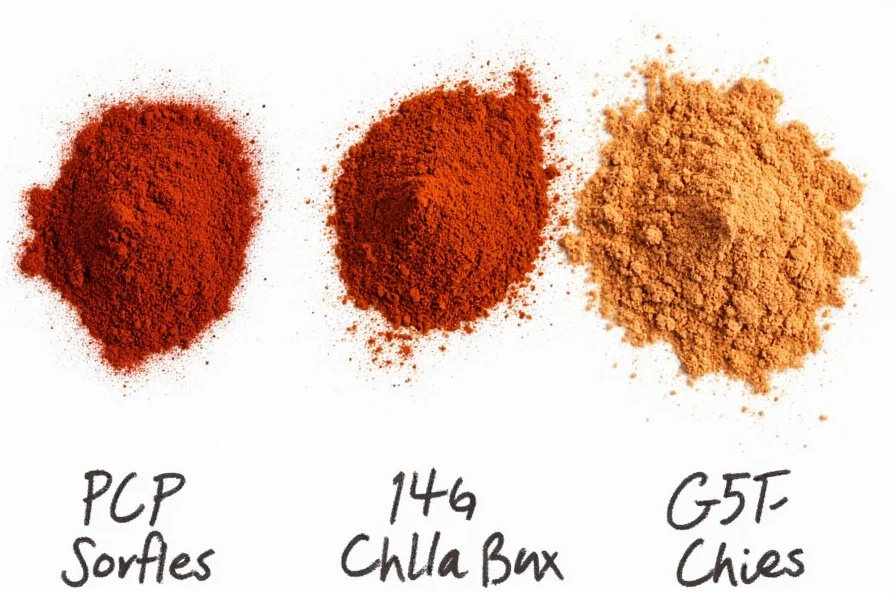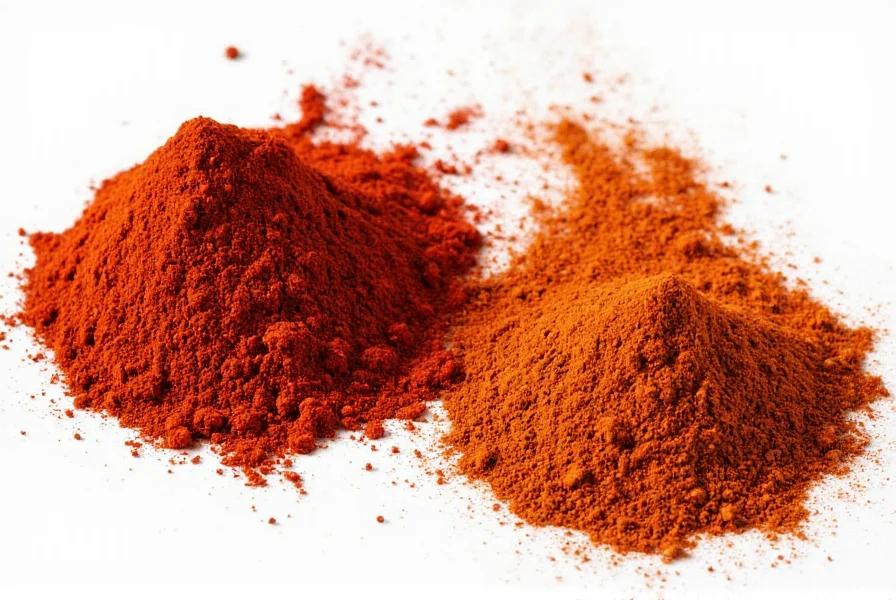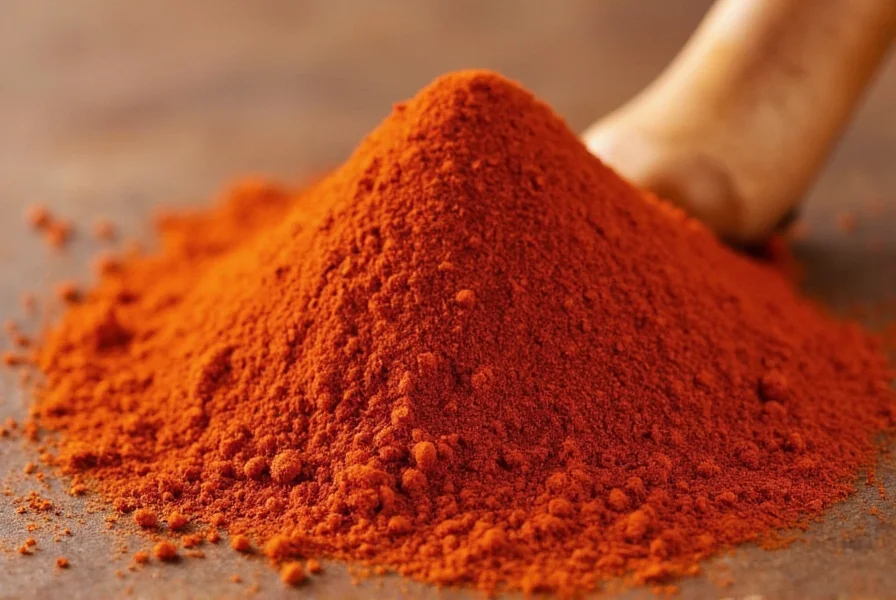Getting the chili powder measurement right can make or break your chili recipe. Many home cooks struggle with this crucial ingredient, either creating a dish that's too mild to be flavorful or so spicy it's inedible. The ideal amount depends on several factors beyond just the number of servings.
Understanding Chili Powder Measurements
Chili powder isn't a single standardized ingredient—it's a blend that varies by brand and region. Some contain cumin, garlic powder, and oregano, while others focus purely on dried chilies. This variation explains why "2 tablespoons" might create dramatically different results depending on which brand you use.
| Chili Type | Chili Powder Amount | Additional Notes |
|---|---|---|
| Standard Beef Chili (6-8 servings) | 2-3 tablespoons | Ideal starting point for most recipes |
| Texas-Style Chili | 1-2 tablespoons | Focuses on meat flavor; less spice blend |
| Vegetarian Chili | 3-4 tablespoons | Compensates for less intense base flavors |
| Mild Family-Friendly | 1-2 tablespoons | Add cayenne separately if needed |
| Spicy Authentic | 3-4 tablespoons | Use with high-quality, complex chili powder |
Factors That Affect Your Chili Powder Measurement
Before you measure that chili powder, consider these critical factors that determine the ideal amount for your specific situation.
Chili Powder Quality and Composition
Not all chili powders are created equal. Commercial blends like McCormick or Tajín contain additional spices that affect both flavor and heat. Pure ancho chili powder delivers a different experience than a New Mexico blend. Check the ingredient list—if it contains salt, you'll need less overall seasoning.
Heat Level Preferences
Household spice tolerance varies dramatically. For family cooking, start with 2 tablespoons for 6 servings, then offer hot sauce on the side. If everyone enjoys spicy food, begin with 3 tablespoons and potentially add more during simmering. Remember that heat intensifies slightly as chili cooks and sits.
Other Spices in Your Recipe
Your total spice profile matters more than chili powder alone. If your recipe already includes cumin, paprika, and cayenne, reduce the chili powder by 25-50%. The goal is balanced flavor, not just heat. Many professional chefs recommend using 1.5 parts chili powder to 1 part cumin for optimal depth.
Practical Measurement Tips for Perfect Chili
Accurate measurement makes a significant difference in chili preparation. Follow these professional kitchen techniques for consistent results.
The Progressive Addition Method
Never dump all your chili powder in at once. Add half the recommended amount during the initial sauté of onions and garlic, which helps bloom the spices in fat. Then add the remainder during the simmering phase. This technique creates more complex flavor layers than adding everything at the beginning.
Measuring Tools Matter
Use proper measuring spoons rather than "eyeballing" it. A standard tablespoon holds 14.8 ml, but many kitchen spoons vary by 20-30%. For serious chili making, consider a small kitchen scale—1 tablespoon of chili powder weighs approximately 6 grams.

Troubleshooting Common Chili Powder Problems
Even experienced cooks occasionally miscalculate their chili powder. Here's how to fix common issues.
Too Much Chili Powder
If your chili has become overly spicy, don't panic. Add dairy (sour cream or shredded cheese directly to the pot), acidic elements (lime juice or vinegar), or sweetness (a teaspoon of honey or brown sugar). You can also dilute with additional broth or tomatoes. Remember that cooling the chili slightly before serving reduces perceived heat.
Not Enough Flavor
When chili lacks depth, simply adding more chili powder might create imbalance. Instead, try "flavor boosters": a splash of coffee, a square of dark chocolate, or a dash of fish sauce. These ingredients enhance existing flavors without making the chili noticeably spicy.

Regional Variations and Their Spice Requirements
Chili traditions vary across America, each with distinct spice approaches. Understanding these differences helps you select appropriate measurements.
Texas chili con carne traditionally uses minimal spices—often just salt and pepper—with chili powder playing a supporting role to the meat. Cincinnati chili features more complex spicing with cinnamon and allspice, requiring less chili powder. New Mexico-style relies heavily on local chilies, often using pure ground red chilies rather than commercial blends.
Final Recommendations for Perfect Chili Every Time
Mastering chili powder measurement comes down to understanding your ingredients and trusting your palate. Start with 2 tablespoons per 6 servings as your baseline, then adjust based on your specific chili powder's characteristics. Always remember that you can add more spice, but you can't remove it once added.
For first-time chili makers, consider keeping a cooking journal noting exactly how much chili powder you used and the final result. This reference will help you perfect your personal ideal measurement over time. The perfect chili isn't about following rigid measurements—it's about creating a dish that satisfies your specific taste preferences while honoring the rich tradition of this beloved American dish.











 浙公网安备
33010002000092号
浙公网安备
33010002000092号 浙B2-20120091-4
浙B2-20120091-4